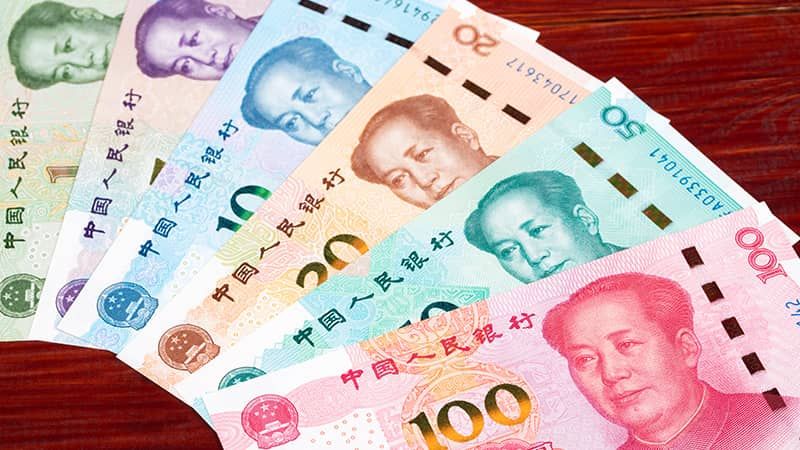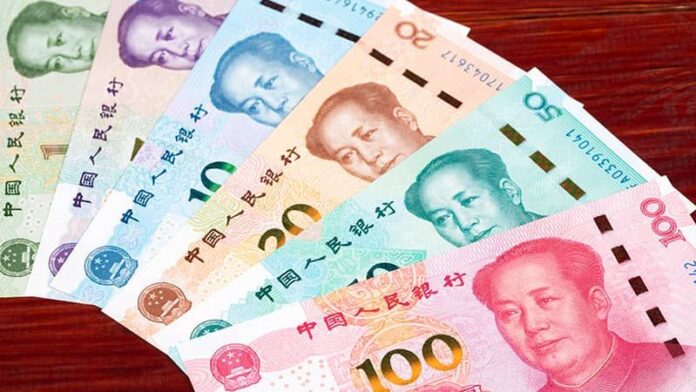By Burnet Munthali
China’s transformation from a poverty-stricken nation to a global economic powerhouse is one of the most remarkable development stories in modern history.
Just a few decades ago, China was grappling with widespread hunger, poor infrastructure, and heavy reliance on foreign aid and loans.
Today, it stands as the world’s second-largest economy, a manufacturing hub, and a rising political superpower with global influence.

This transformation did not happen by chance, but through deliberate policies focused on self-reliance, long-term planning, and massive investment in productivity.
After the economic failures of the Maoist era, China began serious reforms under the leadership of Deng Xiaoping in the late 1970s.
One of the key strategies was shifting from a closed, centrally-planned economy to an open, market-oriented one.
This allowed China to tap into global trade while maintaining strong state control over strategic sectors.
The country prioritized industrialization, starting with basic manufacturing and gradually moving up the value chain into advanced technology and innovation.
This was supported by heavy investment in infrastructure, education, and research and development.
Unlike many African countries, China did not allow itself to remain trapped in a cycle of dependency on foreign aid.
Instead, it used aid and loans as transitional tools, not permanent solutions.
China focused on increasing domestic productivity, enhancing exports, and gradually building a strong tax base that would reduce reliance on external donors.
The country also emphasized discipline, planning, and leadership accountability at every level of government.
Corruption was treated as a national threat, with countless officials disciplined or prosecuted over the years.
China’s success came from the belief that development must be driven from within — by its own people, institutions, and ideas.
Today, China is not just a former aid recipient — it is now a major donor, lending billions to other countries through initiatives like the Belt and Road.
This turnaround offers critical lessons for Malawi and the broader African continent.
Firstly, Malawi must embrace the idea that development begins with mindset change.
The country must stop celebrating aid as an end in itself and start using it as a bridge to long-term self-sufficiency.
This requires building strong, accountable institutions that can design and execute development plans with minimal donor interference.
Secondly, Malawi needs to prioritize productivity over consumption.
Too often, aid money is used to pay salaries, buy fuel for government vehicles, or fund trips, rather than investing in areas that generate wealth such as agriculture, industry, and innovation.
Thirdly, education and skills development must be at the heart of Malawi’s transformation.
China’s rise would not have been possible without investing in human capital — training engineers, scientists, teachers, and entrepreneurs to drive growth.
Fourthly, Malawi must tackle corruption with urgency and sincerity.
No country can progress while its wealth is being siphoned off by a few at the top.
Anti-corruption efforts must go beyond speeches and manifest in arrests, prosecutions, and institutional reforms.
Fifth, long-term national planning must override short-term political interests.
China’s five-year plans guided consistent development over decades.
Malawi must learn to plan beyond election cycles and pursue goals that serve the nation, not just political parties.
Finally, Malawi should take advantage of its youthful population.
With the right investments in education, technology, and job creation, the youth can become the drivers of a new economic era.
China’s story proves that no country is doomed to poverty.
With discipline, vision, and a focus on self-reliance, even the poorest nation can rise.
Malawi and other African countries must stop looking at donors as saviors and start believing in their own capacity to succeed.
The future of Africa does not lie in foreign aid — it lies in African hands.



